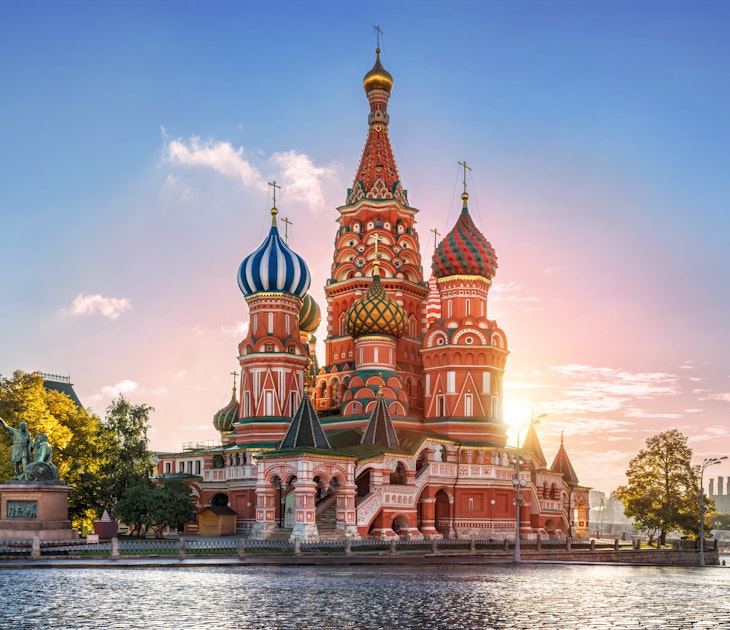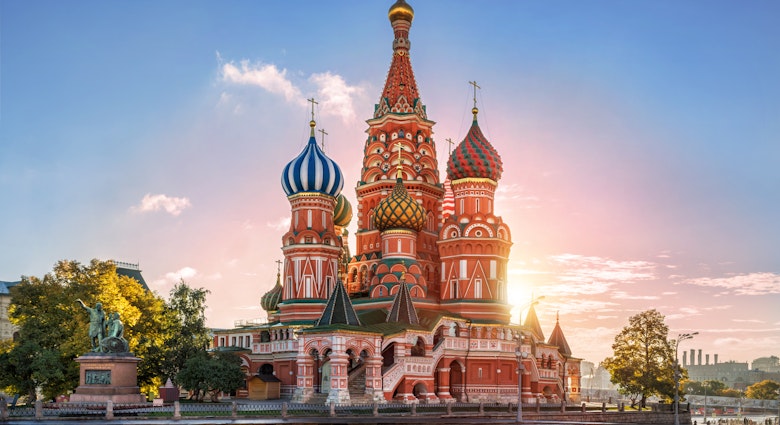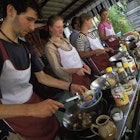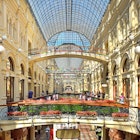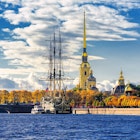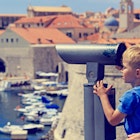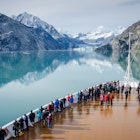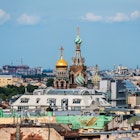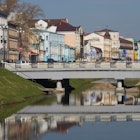Nestled in its Black Sea harbour, Odesa is one of Ukraine’s most diverse cities. It’s a young city that feels much older – a curious mixture of vintage Soviet murals, genteelly decaying Art Nouveau buildings, and glitzy shops behind elaborate 19th-century facades. This Russian-speaking enclave in Ukraine draws visitors in with its own brand of humour, warm Mediterranean air, and its by turns tragic and glorious history.
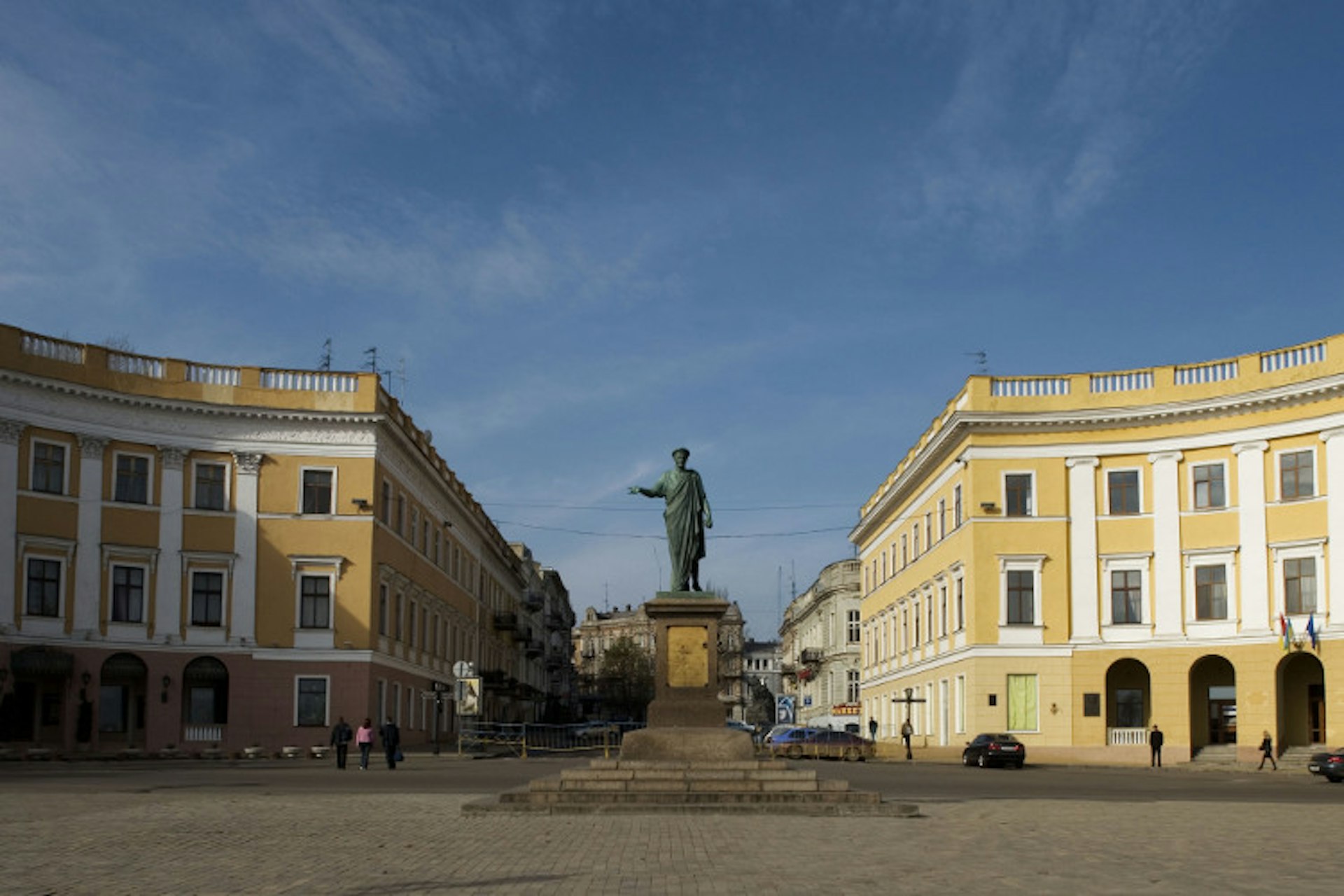
Romance and illusions
On any given Saturday, an almost endless procession of newlyweds and their entourages passes along bul Prymorsky, Odesa’s main promenade. Local sweethearts are not the only ones tying the knot; Odesa is Ukraine’s capital of mail-order brides, and the city’s many matchmaking agencies encourage you to ‘bring love into your life and warmth into your home’. The happy couples pose at the top of the Potemkin Steps or by the statue of the Duc de Richelieu during their 15 minutes of fame before another party takes their place.
The Duc was at one time the city’s governor. He is still referred to as ‘the father of Odesa’ due to his successful tenure, which attracted French and Italian aristocrats to the area and helped shape Odesa into the third most prominent city in tsarist Russia, after Moscow and St Petersburg. Now he’s also the butt of a local joke, which encourages you to ‘look at the Duke from the luyk (manhole cover)’. From that angle to the left of the statue, the scroll which he clutches in his hand looks like…something else. Odesans are the jokers of Ukraine who celebrate April Fool’s Day in style with the raucous Humorina festival.
One of Odesa’s most famous sites is undoubtedly the Potemkin Steps, designed by Italian architect Franz Boffo and immortalised in Sergei Eisenstein’s film Battleship Potemkin, commemorating the sailor uprising of 1905. If you stand at the top and look down over the busy port, the 192 steps appear to be exactly the same width even though the bottom steps are much wider.
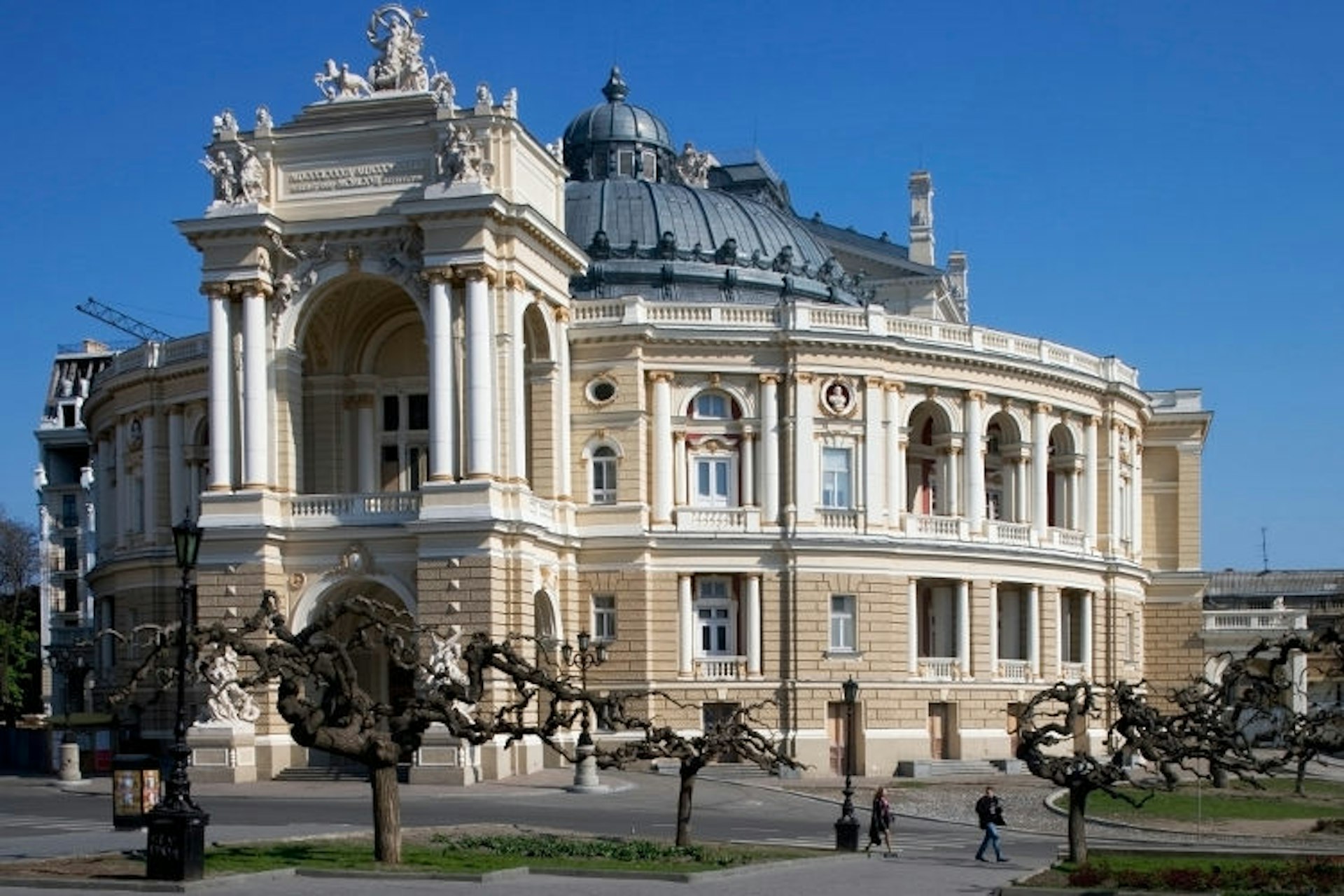
Beneath the surface
While strolling the wide, cobbled streets of the city centre – some lined with strange, twisted trees that look as if they were planted upside down – you can’t miss the elegant grandeur of the restored 1887 Opera & Ballet Theatre; it has marvellous acoustics too.
Peek into the yards of the crumbling 18th-century buildings, and you’ll be met with a contrasting scene of humble domesticity: the washing drying on the line, and old women passing the time on the benches. Until the 1980s every yard in Odesa had its own entrance into the maze of underground catacombs, but all were closed up to stop children wandering in, never to return; today you can only access a small section of the tunnels on a guided tour.
During WWII, Odesa’s partisans used the catacombs with great success to strike against the Nazi-Romanian occupying forces, responsible for decimating the city’s thriving Jewish community to which Odesa owes much of its character. Today you can check out the modest exhibition at the History of Odesa Jews Museum.
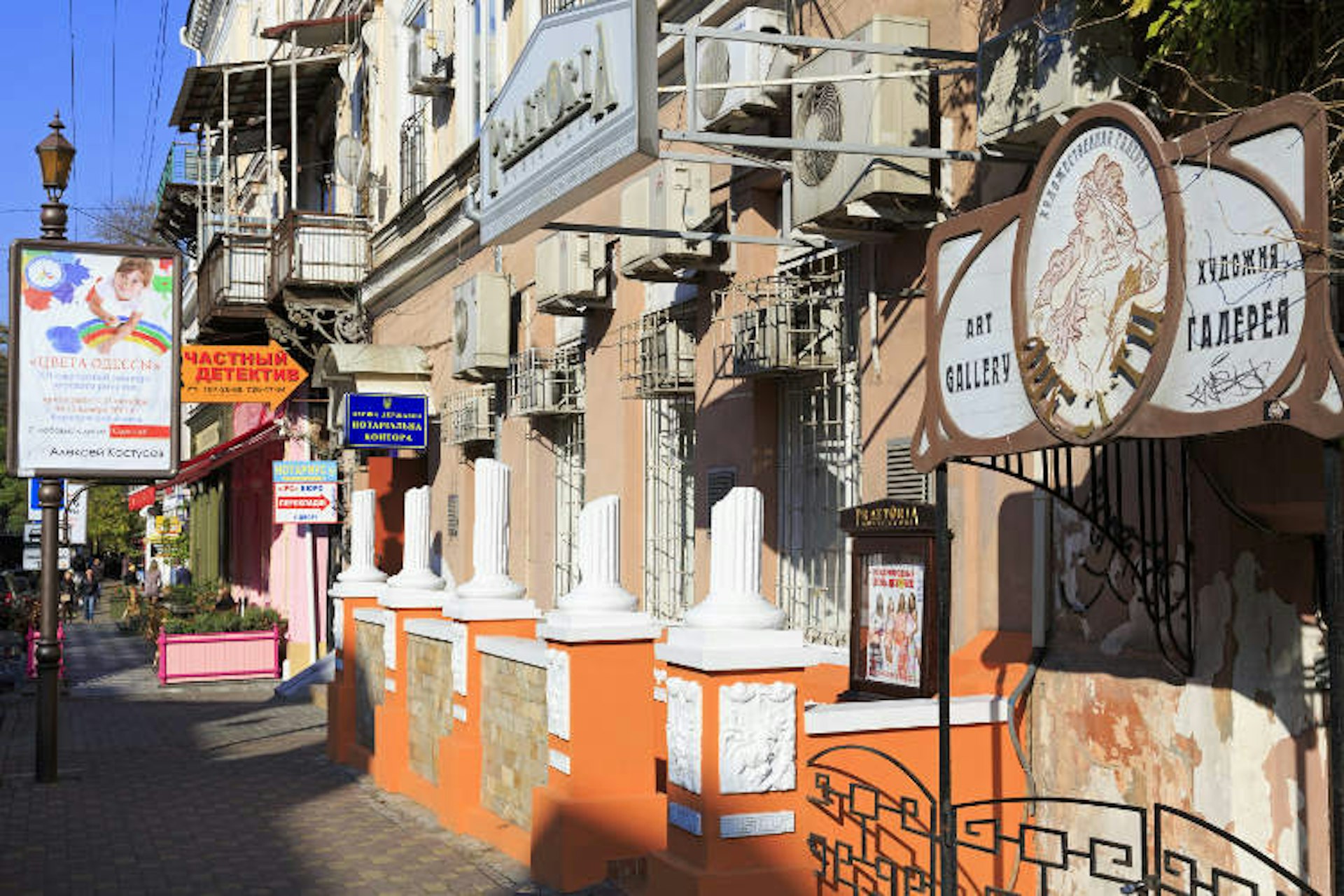
Dining and entertainment
Odesa was cosmopolitan long before the post-Soviet advent of international cuisine now prevalent in the city. Conquered by the Russians in 1789, during the Russo-Turkish wars, it became a free port in 1815, attracting a diverse mix of Greeks, Turks, Armenians, Italians, Jews and Ukrainians (among others) who paved the way for the 100 or so nationalities now residing in the city. The diverse eating scene ranges from the over-the-top Ukrainian kitsch of Kumanets and the Russian nostalgia of Dacha, to the excellent southern European fare and an award-winning wine list at Bernardazzi or the mix of Asian, Middle Eastern and French influences at Maman.
Since Soviet times, Odesa has retained a reputation as a fun-loving destination. In the summer, follow the locals’ example and hit the immensely popular beaches, packed with bronzed bodies. Neither Otrada nor Arkadia get top marks for cleanliness, but the sun worshippers don’t seem to mind. After sunset, Arkadia pounds with the bass of its many nightclubs, which attract the young and the fashionable.
Odesans love to shop, and given the city’s centuries-old mercantile tradition, it’s not surprising that Europe’s largest outdoor market is found on the outskirts of the city. Take a bus to 7-Kilometres Bazaar and while away an afternoon wandering row upon row of wedding dresses, leather goods, furniture, jewellery and everything in between. Or stroll into Moldavanka, a dilapidated 18th-century Moldovan neighbourhood with a weekly flea market selling anything from original Nazi ‘souvenirs’ to samovars and busts of Lenin.
This article was first published in March 2011 and last updated in April 2015.

